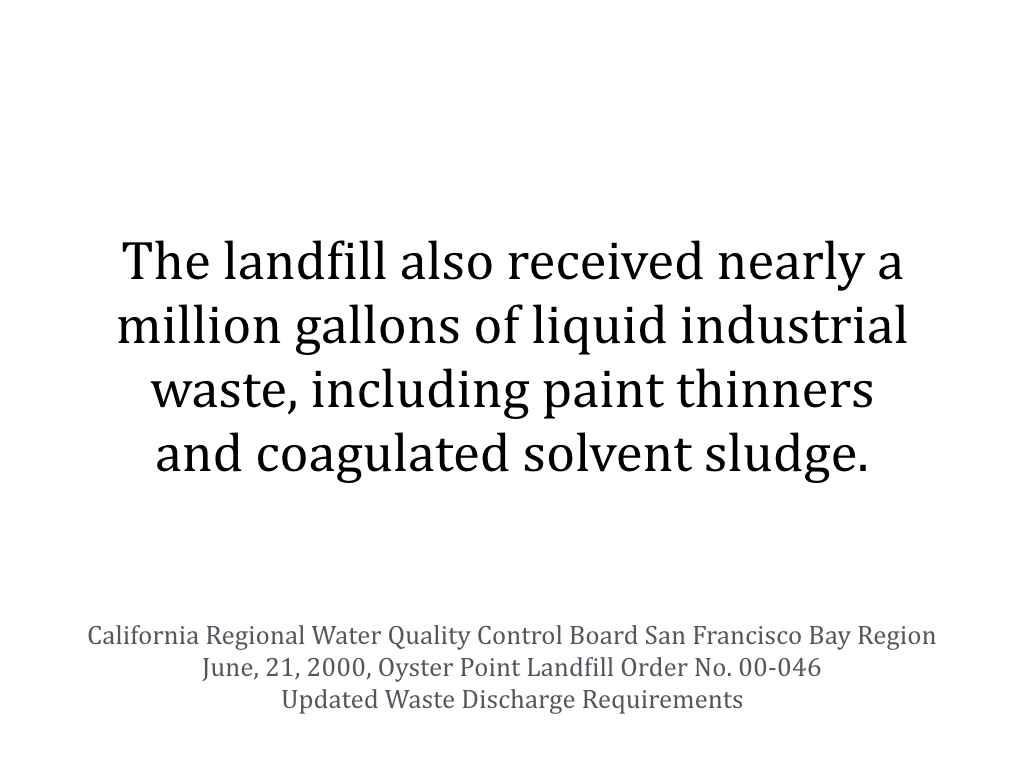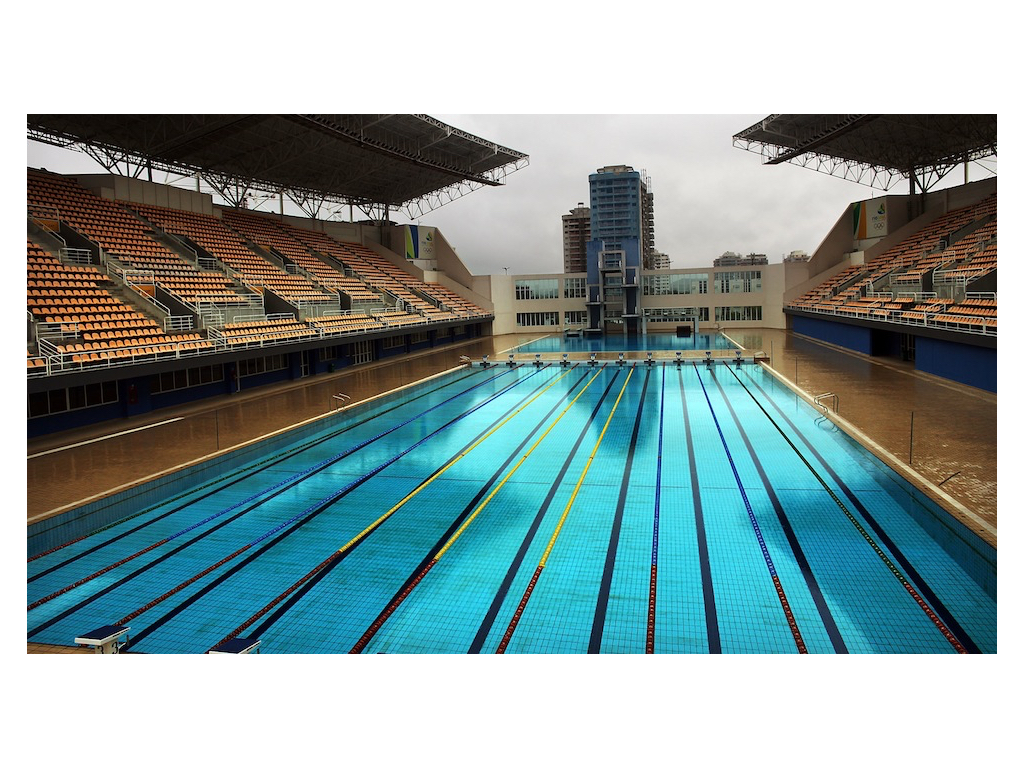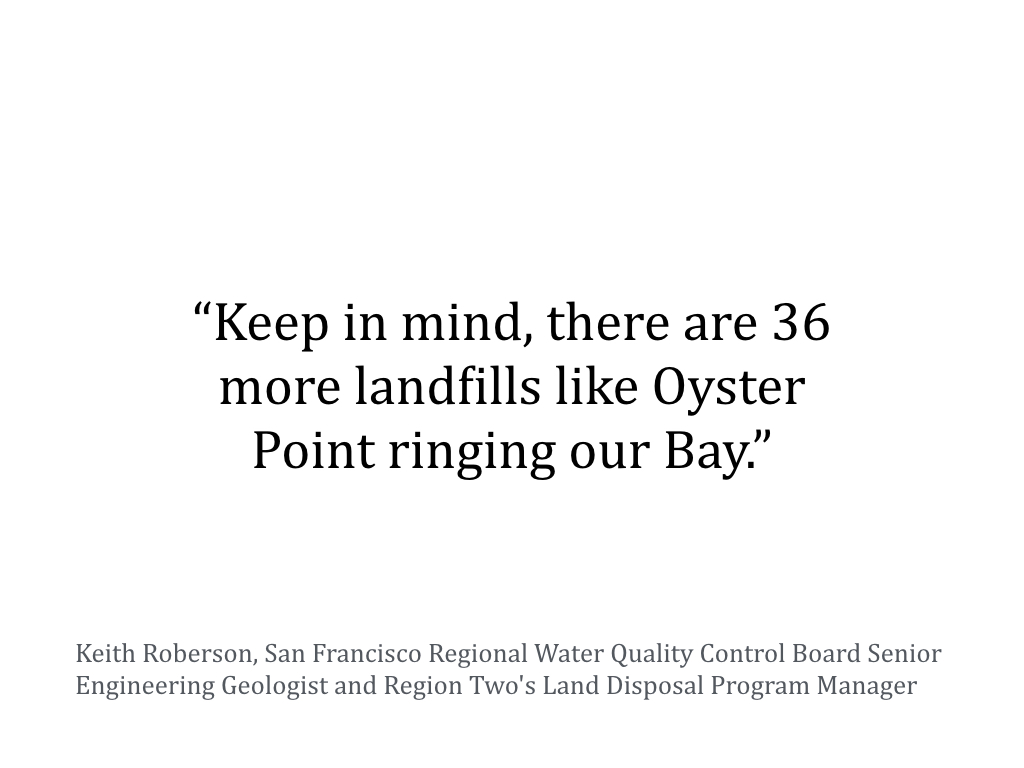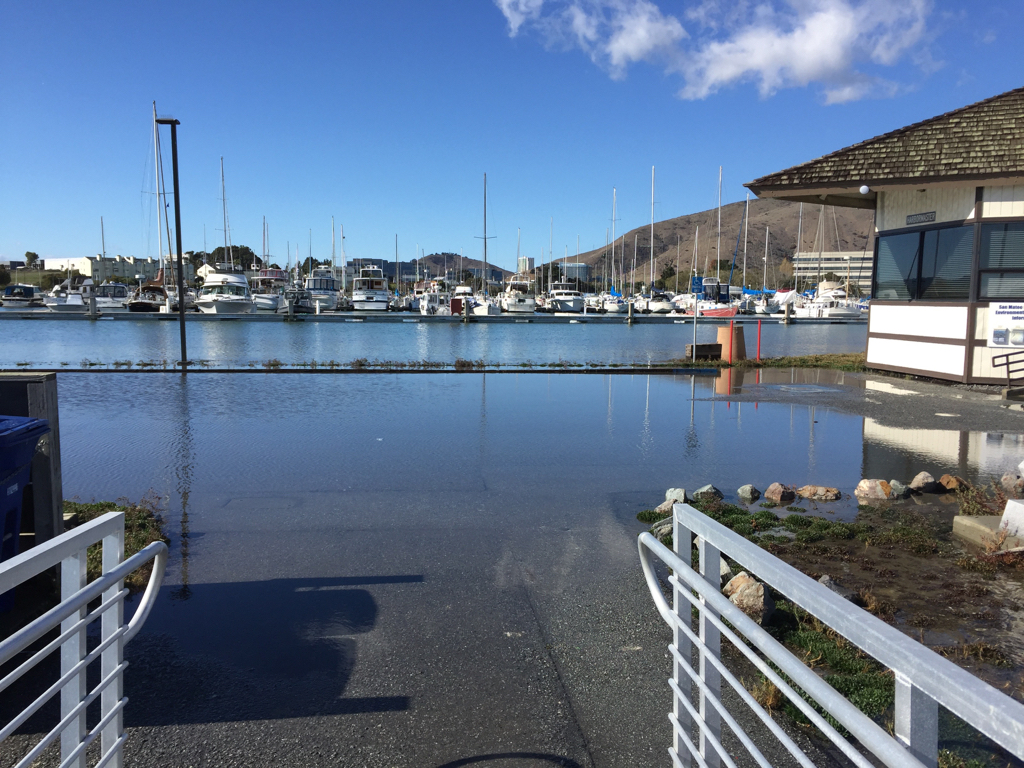When it was my turn to speak during public comment at the November 2015 California Coastal Commission hearing, I explained that the San Mateo County Harbor District has a five-year exclusive permit with Cartel Management, the Titans event promoter. It specifies that only one surf contest can be held at Mavericks from Nov. 1 to March 31. I noted that the Mavericks contest does not include a women’s heat and no women have ever surfed in the final competition. I asked the Coastal Commission to add a condition to the Coastal Development Permit that would require a women’s heat.
My expectations were low. To my surprise my public comment was not lost on Commissioner Mark Vargas. He was concerned about inequality.
Contest organizers defended their all-male selection process. Contest founder Jeff Clark said, “The way we choose those invitees to surf in the Mavericks event is through a polling of the peers, the guys that surf out at Mavericks and the guys that are pushing it to the level of performance, that is the absolute highest level of performance. Now, there are women that surf Mavericks, I’ve surfed with many of these women at Mavericks and there’s the bowl at Mavericks, the most extreme and intense place to take off, and there’s, (pause) well we call it the west bowl, the much easier place to catch the waves, and the guys that get invited in this event, men or women take off in the bowl. And at this point we haven’t seen that kind of performance that would, you know, when the Committee 5 is watching a group surf Mavericks it’s like there’s always one guy that stands out. It’s that kind of, okay, can that person beat the guy who won it last year or the year before. Who has the ability to win this event. And the guys on the Committee 5 were with me when I first talked someone into going out there with me. They’re the guys in the early 90’s that actually surf Mavericks and still surf Mavericks, and they know, they have a very good eye of the performance level that we’re looking at, not only to surf Mavericks at the highest level, but to surf it safely and be in the condition that if you go down out there it’s not going to become a problem for the lifeguards, we want to avoid the rescue situations.”
Note that that the “Committee 5,” which selects competitors is not necessarily fair in its process. Case in point: Three days before the Coastal Commission hearing Sports Illustrated reported that the 2014 Mavericks defending champion, as well as 2006 Mavericks champion and 2014 Big Wave World Tour Champion Grant “Twiggy” Baker had fallen out of the Committee 5’s favor. Baker was banned from the 2015-2016 Mavericks contest for distributing a petition to support former 2013 Mavericks champion Peter Mel’s reinstatement in the contest. Mel was banned from the Mavericks contest because of a “conflict of interest.” The reasons given for banning Baker were convoluted. Jeff Clark told Stab Magazine that Baker had, “put other athletes’ at risk by being associated with a petition that was (circulated) on behalf of Mel to challenge the Committee 5’s decision on matters pertaining to the framework of their event protocol for the selection process.”
During the discussion at the Coastal Commission hearing, Mark Vargas said, “I'm still a little concerned about the fact that there is no clear plan for highlighting, involving, or encouraging the growth of women in this event or in this sport. I'll float it out there. I'd like to see if I can make an amending motion to add a specific condition that we ask the applicant to provide a plan for encouraging equal opportunity for women surfers in future events.”
In 1994, bodyboarder Sara Lucas broke the Mavericks gender barrier and four-years later Sarah Gerhardt became the first woman to ride the enormous wave standing on a surfboard. On The Inertia website Gerhardt is quoted saying, “I live as though I don’t have any limitations, when I have many. Physically, mentally, I’ve got many limitations. But surfing, surfing at Mavericks, makes me forget about them. And I try not to think about those limitations. I just go.”
In November 2015 a clear mandate was issued by a 7-4 vote to approve Vargas’ amended motion. Moving forward, oversight by the Coastal Commission will be necessary to insure that equity for women athletes includes a Women’s Division with multiple heats, appointment of a woman to the Committee 5, and a condition that corrects the gender pay gap in prize money. The Coastal Act provides coastal access for all.
Granting a CDP to an athletic event that discriminates based on gender is not consistent with the spirit of the Coastal Act.
The Eddie at Waimea in Oahu and Mavericks in Half Moon Bay are examples of off tour big-wave events that showcase an athlete’s talent and help them gain valuable sponsorships. A total of 9 contests have been held at Mavericks. The first event was in 1999, the same year I moved to Seal Cove, a bluff-top neighborhood in Moss Beach. My wife Aimee and I enjoy walking out our front door to watch awe-inspiring surfing at Mavericks. For years we’ve been hoping that women would be invited to compete and we’re thankful for the 2015 Coastal Commission decision.
Last month, it was announced that Savannah Shaughnessy would be included as an alternate in the event. It’s a well-deserved honor and a nice gesture however few alternates actually surf in the event. The decision came after alternate Garrett McNamara had emergency surgery resulting from a Mavericks wipeout earlier in the month. A total of six new alternates were added in January, including Savannah and her brother Patrick. The first woman selected as an alternate was Sarah Gerhardt. She was the last alternate in the first two events held in 1999 and 2000; she was not selected to compete.
In the world of elite surf competition women compete against women, as is the case with most sports. In 2015 the World Surf League championed equal pay for men and women. For the first time, women surfers earned the same prize money as their male counterparts on the WSL’s Samsung Galaxy Championship Tour. However prize money doesn't solve the problem of inequality in the number of women selected to compete at the elite level. In 2015 WSL Women's Championship Tour included 17 professional surfers competing in 10 events and the men’s tour includes 34 professional surfers competing in 11 events. Increasing the number of events and the number of awards for women, as well as offering equal prize money, is the only way to achieve meaningful equity in competitive surfing.
The WSL’s XXL Big Wave Awards first launched in 2000, to recognize the surfer who rode the year's biggest wave. Now into its 16th season, the Big Wave Awards has grown to include seven categories. The 2014/15 event included six categories for men to compete and win prize money and only one category for women. The 2014/15 purse for Performance of the Year was $15K for men plus a $4,500 watch and $10K for women.
On Jan 22, 2015, local Maui big-wave surfer Paige Alms paddled into the barrel of a lifetime at her home break, Pe'ahi, Maui’s big wave mecca known as ‘Jaws’. Her 2015 barrel at Jaws netted $10k for the Women's Performance of the Year, unlike her counterpart in the men’s category she did not win a $4,500 watch or get paid $15k.
The 2014/15 XXL Big Wave Ride of the Year award exemplifies the gender pay-gap. One could argue that women aren't excluded from this event, presumably if a woman got the best ride of the year she could win, however, because women are not included in many year round competitions there are limited opportunities for them to win. Fewer events and less prize money makes it challenging for women athletes to surf big-waves as frequently as required to win Rider of the Year. Currently the WSL Big Wave Tour holds seven international events with 24 contestants in each event, and none of these events include women. This results in Rider of the Year prize money going to men, first place $60k, second $15k, third $10k, fourth $5k and fifth $3k. The same is true of Maverick, with a $120k purse for the 2015/16 event.
Pioneers like Gerhardt and Shaughnessy deserve recognition for their inspiring contribution to big-wave surfing. Requiring women athletes to compete against men blocks women from equal pay, marginalizes professional athletes, and discourages women and girls from participating in sports. It’s time all athletes had an equal opportunity to compete at Mavericks.












































